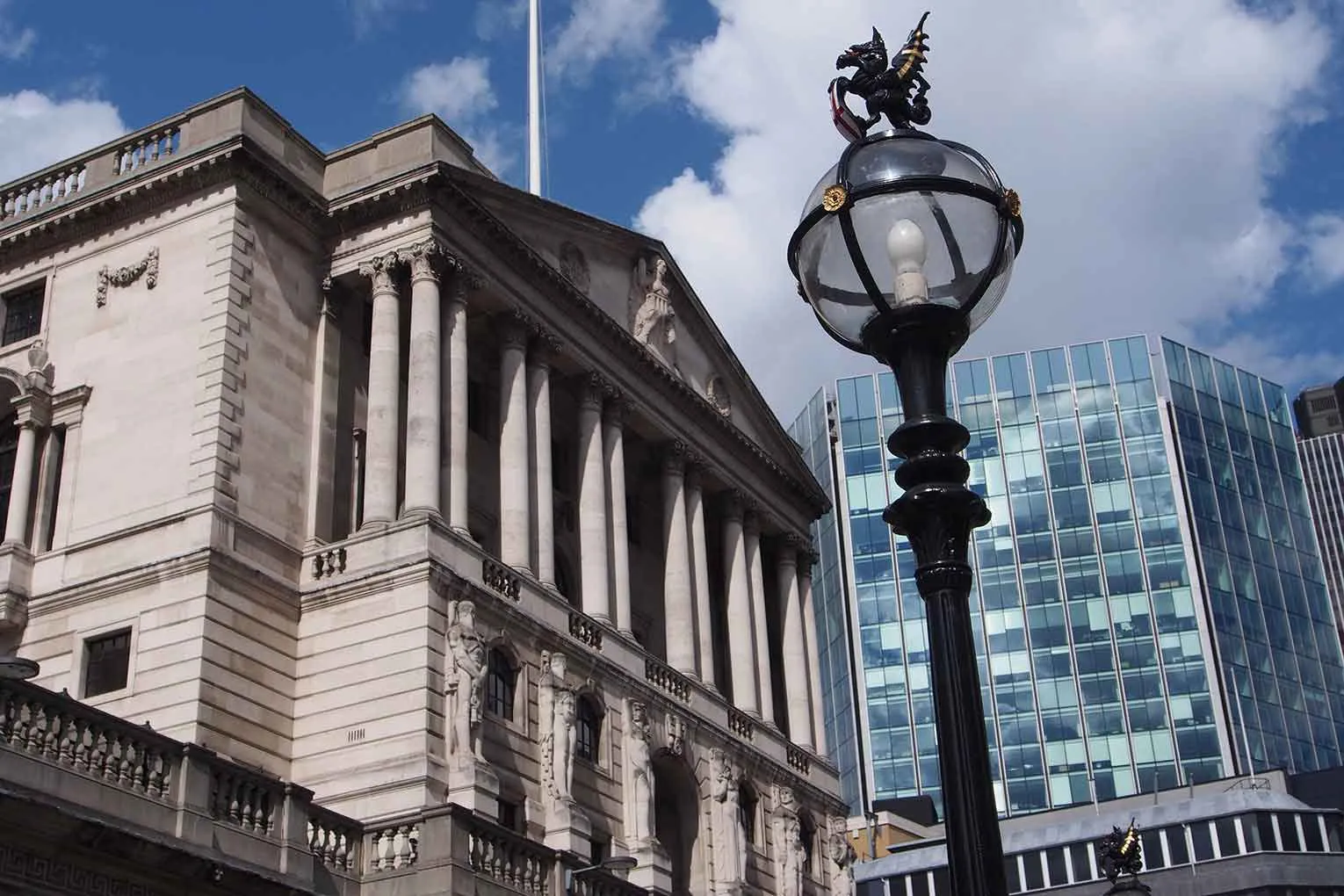The latest Mortgage Lenders and Administrators Statistics from the Bank of England, covering the first quarter of 2023, paint a worsening picture of the UK residential mortgage market.
The value of gross mortgage advances in the first three months of the year was £58.8 billion, which was £22.9 billion lower than the previous quarter, and 23.6% lower than in 2022 Q1. This was the lowest observed since 2020 Q2.
Meanwhile, the value of new mortgage commitments in Q1 was 16.1% less than the previous quarter and 40.7% less than a year earlier, at £48.9 billion. This was also the lowest observed since the second quarter of 2020.
The share of gross mortgage advances with interest rates less than 2% above Bank Rate was 93.9% in Q1, 7.7 percentage points (pp) higher than a year ago and the highest seen since Q2 of 2008 Q2.
In addition, the share of gross mortgage advances in Q1 with loan to value (LTV) ratios exceeding 90% was 4.0%, broadly unchanged from a year earlier but a 1.1pp decrease compared to the previous quarter.
The proportion of lending to borrowers with a high loan to income (LTI) ratio decreased by 5.6pp on the quarter to 43.7% in Q1, the lowest seen since the second quarter of 2020.
The value of outstanding balances with arrears increased by 9.5% over the quarter and 12.5% over the year, to £14.9 billion in 2023 Q1, and now accounts for 0.89% of outstanding mortgage balances.
Karen Noye, spokesperson at Quilter, said: “This morning’s mortgage statistics paint a worrying picture with more people finding it hard to pay off their mortgages and less people taking out mortgages in the first place. The net impact of this will inevitably be felt in house prices which have already tumbled over the past few months. If repossessions start to increase and the market becomes flooded during a period where demand is lacking it will have a damaging impact on house prices.
“The value of new mortgage commitments, which essentially means lending agreed to be advanced in the coming months in 2023 Q1 was a huge 40.7% less than a year earlier, at £48.9 billion. This was also the lowest observed since 2020 when lending ground to a halt as the nation adjusting to the new conditions of lockdown.
“Unfortunately, the value of outstanding balances with arrears also increased by 9.5% over the quarter and 12.5% over the year, to £14.9 billion in 2023 Q1. This now accounts for almost 1% of all mortgage balances. This shows the ugly impact of the cost of living crisis which is pushing budgets to the very limit and sometimes over.
“Sadly, the picture is likely only set to get worse in the short term as once again the mortgage market has gone through a very turbulent period over the last week with rates getting ever more expensive piling even more pressure on already stretched budgets. The withdrawal of mortgage products and increasing rates by lenders over the past few weeks have been driven by a number of factors. The prevailing reason for this shift is the higher-than-expected inflation rate of 8.7% in April fuelling predictions that the Bank of England will raise interest rates to a higher level than previously thought. This fear has made some of the big name lenders cautious and prompted them to withdraw products and then raise their rates to safeguard against future losses.
“Before these recent developments, the sector was seemingly in a stable state since the spike in rates around November of last year. This stability was likely due to the economic outlook looking more predictable with interest rates set to peak at around 5%. But the higher than expected CPI figures and particularly the core inflation figures once again set the market off course again. The revised interest rate peaks of 5.5% sent many banks and building societies into a bit of a frenzy again. It is still nothing like after the mini-budget but it is not exactly what the market needs right now considering house prices are continuing to drop.”





